Improved biosecurity reduces the need for antimicrobials
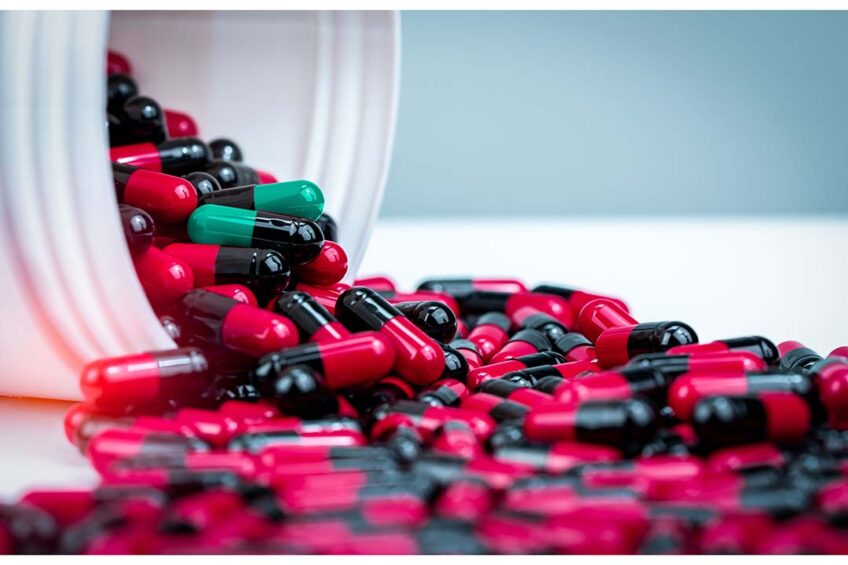
Today, antimicrobial resistance poses one of the biggest threats to public and animal health and it is inextricably linked to antimicrobial usage (AMU). Therefore, reducing AMU in both humans and animals is a must! A comprehensive literature search demonstrated that improved biosecurity in livestock production can reduce the need for antimicrobials in food producing animals.
ANTIBIOTIC REDUCTION SPECIAL 2023 – read all articles
It has been less than 100 years since antibiotics became available for use by humans and later in animals and this has led to unprecedented benefits to health, economy, and societal development. Yet, the wide and non-regulated use of antibiotics led to increased levels of resistance from numerous pathogens. Globally, 70% of antibiotics are consumed by animals and 30% by humans. Although measures have been taken to reduce the non-judicious use of antimicrobials in livestock production through policies and guidelines, using these drugs for non-therapeutic purposes remains prevalent in many regions across the world. Furthermore, the non-therapeutic use of antibiotics is mainly intended to mask suboptimal farming conditions such as poor biosecurity.
Implementing proper biosecurity
Biosecurity is defined as all the measures designed to reduce the risk of introduction, establishment and spread of pathogenic agents to, within and from an animal population. This includes for example restricted movement of animals, using quarantine and isolation units and, cleaning and disinfection protocols. The level of biosecurity influences the balance between, optimal production, food safety, animal welfare and one health on one side and the presence of infections, the use of antimicrobials and the level of antimicrobial resistance on the other side. This works like a see-saw, by increasing the level of biosecurity on a farm the number of disease outbreaks among the animals can be reduced mitigating the need for antimicrobial treatment. However, adopting biosecurity measures varies between farms and regions and is linked to the farmer’s socio-demographic characteristics, attitude, physical and economic constrains but also to their access to information and trust in the animal health authorities. Often farmers believe that biosecurity is the responsibility of the government which influences their motivation to invest in it. Therefore, it is crucial to investigate and demonstrate the link between biosecurity, management practices and AMU to convince stakeholders about the importance and opportunities of biosecurity.
Studies on biosecurity and AMU
To assess the link between biosecurity and antimicrobial usage we evaluated the scientific literature and identified 27 studies that studied this topic. Remarkably, but not unexpected:
- 20 of those studies (74%) were conducted in European countries
- 6 in Asia
- only 1 study in Middle America, namely in Mexico
This highlights the need for more research on biosecurity and AMU in low and middle-income countries because in these countries both the burden of animal diseases and the AMU is higher. More than 50% of the studies were carried out at pig farms, followed by poultry farm (26%) and cattle farms (11%) and, a single study on a turkey farm.
Many of the studies were cross-sectional studies which limit the ability to infer causal associations between better biosecurity and lower AMU. Yet, 7 studies were longitudinal of which 4 included intervention measures. The latter are considered of higher methodological quality.
Figure 1 – Number of studies showing a statistical association between antimicrobial usage (AMU) and farm biosecurity, management and awareness raising.
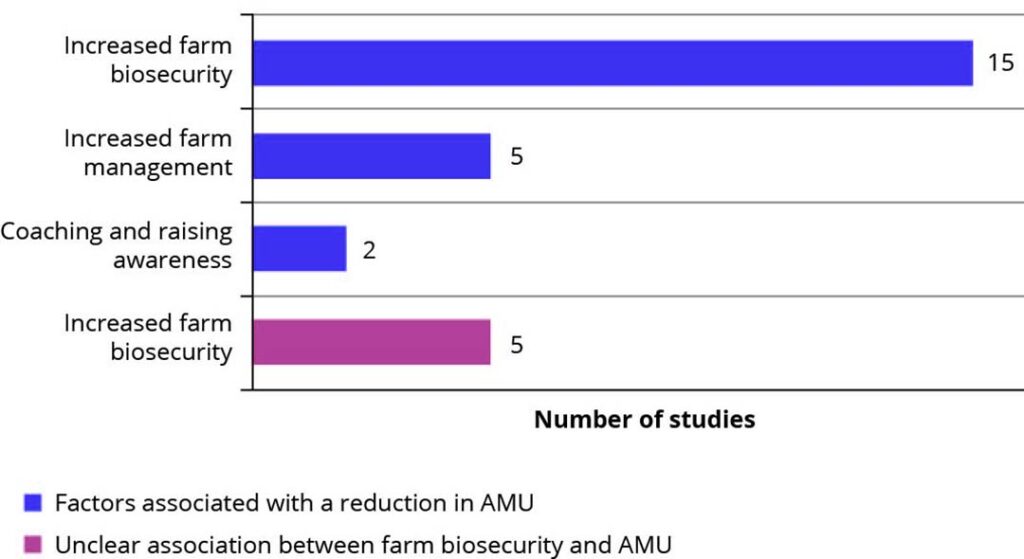
Figure 1 gives an overview of the outcome of the studies. More than half of the studies showed that better biosecurity on a farm was associated to lower levels of AMU. One study also demonstrated that implementing biosecurity is a cost-effective strategy to reduce AMU and that it benefits the farm economics.
Furthermore, 5 studies found that better farm management had a positive effect on the AMU and 2 coaching studies showed that guiding farmers towards better biosecurity and raising awareness about the importance of it, had a positive effect on the use of antimicrobials on a farm. On the other hand, 5 studies reported an uncertain or spurious association between farm biosecurity and AMU. This means that an increase in biosecurity did not clearly result in a reduced AMU. Some general, non-species-specific, biosecurity measures have been associated with low infection rates and reduced AMU such as complying to the all-in/all-out system, use of a hygiene lock (“Danish entry”), proper disease management, use of hospital pens, and compliance with vaccination protocols. Furthermore, some species-specific measures such as a higher weaning age in piglets and proper udder health management in dairy cows were identified as having beneficial effects on the AMU.
Importance of coaching and awareness
To stimulate farmers to implement biosecurity measures, raising awareness about the risks of non-judicious AMU and the benefit of biosecurity is essential. In poultry farms for example, placing emphasis on proper hand hygiene and sensitisation about biosecurity decreased AMU. In Dutch dairy herds AMU was reduced by 17 % over a period of three years by a combination of awareness-raising and restrictive measures. One study even showed that farmers could raise pigs without antibiotics and maintain that status through farm-specific coaching related to prudent AMU and improved biosecurity. These results show the impact and importance of awareness campaigns and coaching in the battle against non-judicious AMU. This emphasises the role of veterinarians and other stakeholders who are crucial in this coaching process to encourage the farmers to adopt farm biosecurity practices as a cost-effective way to reduce AMU.
Figure 2 – Factors influencing the antimicrobial usage (AMU). The presence of purple factors will decrease the AMU and red factors tend to increase the AMU.
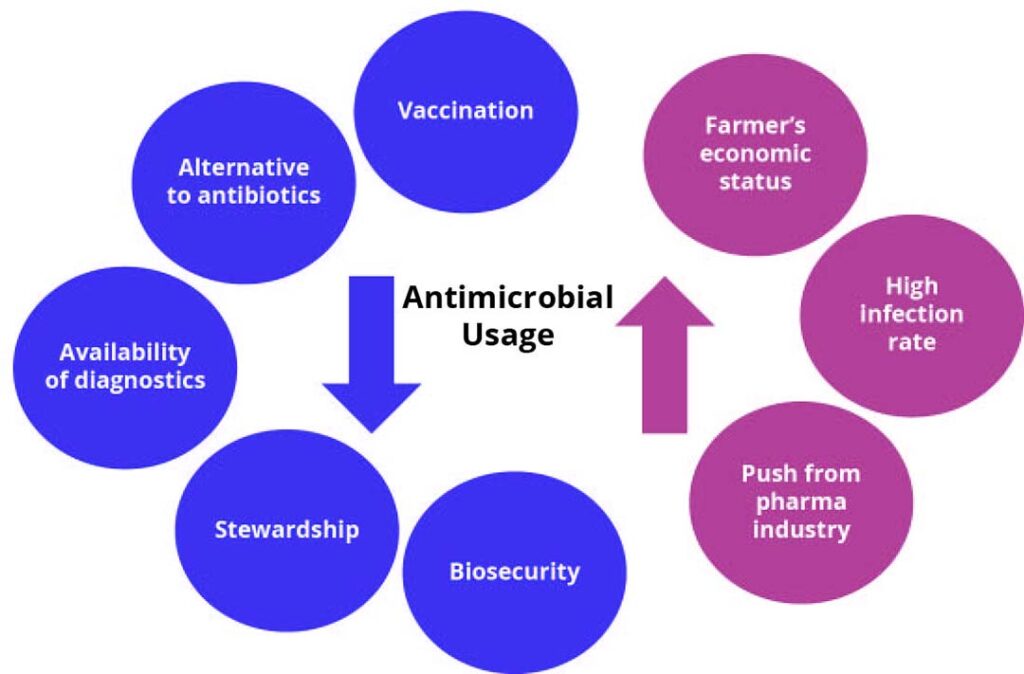
Other factors influencing AMU
Besides biosecurity, several other farm management factors influence AMU at farm level (Figure 2). Factors such as vaccination, stewardship, the presence of alternatives for antibiotics and the availability to diagnostic tests have a positive effect on the AMU. Increasing these factors will result in a reduction of AMU. On the other hand, when the economic status of the farmer is bad, the infection pressure is high or there is pressure from the pharma industry, the AMU tend to be higher.
Conclusion and recommendations
Based on the insights this review has provided on the link between farm biosecurity and AMU, it can be concluded that biosecurity plays a vital role in the effort to reduce AMU. When there is an increase of the biosecurity and management on the farm, less antimicrobials will be needed. Furthermore, coaching farmers and raising awareness on the benefits of biosecurity and risks of AMU is an effective method in reducing AMU on farms. We have shown that there are, mainly in Europe, already quite some studies that have demonstrated these relationships yet, a data gap remains in low and middle-income countries. In these countries more effort should be done to quantify the farm level biosecurity via proper methods and monitoring the AMU. Furthermore, animal health professionals should play a more vital role in guiding farmers towards a lower AMU. They form the bridge between other stakeholders and the farmer and above all, they possess the expertise. Finally, additional research is required to develop evidence-based guidelines for farmers to promote optimal biosecurity practices and antimicrobial usage.
Article is based on the paper by Dhaka, P.; Chantziaras, I.; Vijay, D.; Bedi, J.S.; Makovska, I.; Biebaut, E.; Dewulf, J. Can Improved Farm Biosecurity Reduce the Need for Antimicrobials in Food Animals? A Scoping Review. Antibiotics 2023, 12, 893.
 Beheer
Beheer


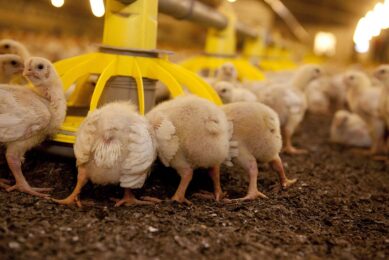
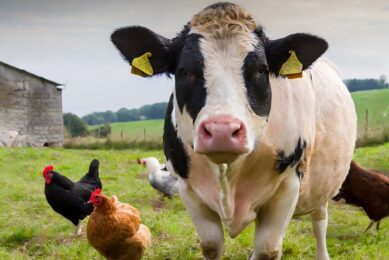
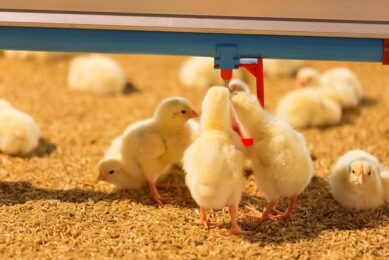
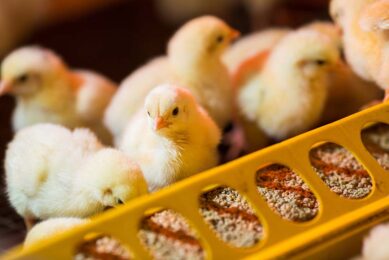
 WP Admin
WP Admin  Bewerk bericht
Bewerk bericht